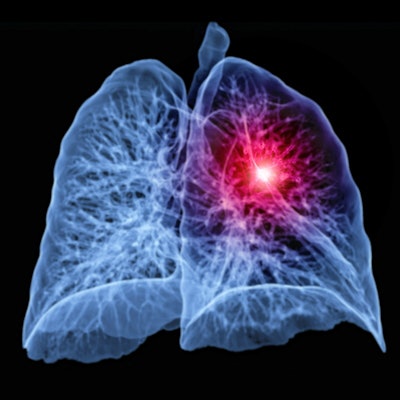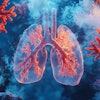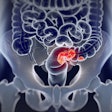
Radiologist reporting of incidental findings on low-dose CT (LDCT) for lung cancer screening can vary widely -- underscoring the need for standardization, according to a study published July 27 in the Journal of the American College of Radiology.
Why? Because better reporting consistency will improve patient care, wrote a team led by Anne Melzer, MD, of the Minneapolis Veteran's Administration (VA) Health Care System in Minnesota.
"Further standardization of reporting of significant incidental findings may [mitigate variations in radiologist reporting of them], with the simultaneous goals of generating appropriate testing when needed and minimizing low-value care," the group noted.
Uptake for lung cancer screening remains low, even though lung cancer screening via LDCT has been shown to reduce mortality rates from the disease -- and even though in 2021 the U.S. Preventive Services Task Forces expanded the pool of those eligible for screening. One reason why this could be true is the high rate of incidental findings identified on LDCT -- which, although of little clinical significance, may lead to further testing and add to clinician workflow, patient anxiety, and healthcare costs. (According to American College of Radiology [ACR] guidelines, incidental findings on LDCT are flagged in the radiology report with the S-modifier, the team explained.)
The authors sought to quantify the frequency, distribution, workload, and clinical outcomes of incidental findings as well as any significant incidental findings on baseline LDCT screening scans. They conducted a study that included data from health records of 901 individuals who underwent baseline lung cancer screening between 2015 and 2018 at the Minneapolis VA Health Care System, reviewing the medical records for demographics, Lung-RADS coding, incidental findings, and clinical assessment. The team considered incidental findings to be significant if they required follow-up and considered high-risk significant incidental findings to be potentially malignant.
Melzer's group reported the following:
- 93.9% of the LDCT exams had incidental findings, with an average of 2.6 per scan.
- 62.5% of patients had at least one significant incidental finding.
- 48.7% of incidental findings were pulmonary, while 27.5% were cardiovascular.
- 28.2% of significant incidental findings were addressed by a clinician, and 13.2% of these received follow-up testing.
- There was a 24% to 78% variation among radiologists for reporting significant incidental findings found on LDCT.
- Use of the S-modifier also varied, from 0% to 51% of radiologists applying it in their reports on LDCT incidental findings.
The study highlights the importance of improving the consistency of reporting significant incidental findings found on LDCT, according to the authors.
"Significant incidental findings on lung cancer screening generate cognitive workload for primary care, but overall lead to few tests and new diagnoses," they concluded. "Better standardization of radiology reports and adherence to the American College of Radiology recommendations for significant incidental findings reporting could improve this process and decrease variability."
The complete study can be found here.





















